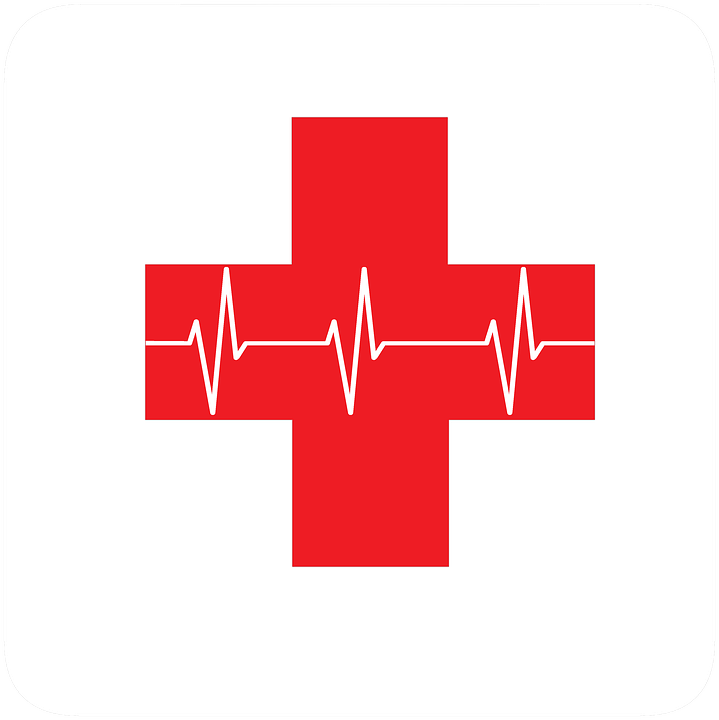Acquired immune deficiency syndrome (AIDS) is the end result of human immunodeficiency virus (HIV), and it has taken the lives of millions of people around the world. World AIDS Day, on Dec. 1, was instituted to help bring worldwide awareness and to unify, show support for and commemorate people who have died from this deadly disease.
“HIV is no longer the death sentence that it once was over a decade ago,” said Gregory Timmer, linkage & navigation specialist at Latinos Salud in Wilton Manors, a support and resource center for gay Latino males. “Once you know the facts, the resources available to you and having that support system, one will be able to function like any other person in society.”
Care Resource, one of South Florida’s oldest and largest HIV/AIDS service organizations for over 30 years, provides treatment and services to people who have contracted the disease and are now living with HIV/AIDS in the Broward and Miami-Dade counties. Care Resource reported that since 2014, the Miami-Dade and Broward Counties have been ranked number one in the state of Florida for new HIV and AIDS cases. Broward County has 17,632 people living with HIV/AIDS and is ranked third in the nation for newly diagnosed HIV infections, as of 2011.
HIV/AIDS is most often affiliated with the LGBT community with closer ties with the homosexual community. The CDC reported that gay and bisexual men are more severely affected by HIV than any other group in the U.S. and that HIV infections are highest among young black/African American gay and bisexual men. As the virus has grown more rampant among communities and awareness has increased on what the virus is and how it is contracted, people come to learn that HIV and AIDs are not specific to homosexuals, but are a risk to any person who engages in sexual activity.
World Aids Day has been recognized since 1988, and since that time, science has evolved and new treatments for this deadly disease have emerged. People are living longer and healthier lives. However, there are still misconceptions about the virus and how it is contracted and spread.
Getting the right information is important to help stop the spread of HIV/AIDS. So it’s time to separate fantasy from reality. The following answers to common myths were reported by the Centers for Disease and Prevention.
Myth #1: If I am diagnosed with HIV, then I should be sick.
This is false because people can have the HIV virus in their bodies for years and not know about it. It doesn’t matter if a person has HIV and he or she feels well and looks like his or her usual self; the virus can still reproduce in the body and be passed on to other people if safe sex is not practiced.
Myth #2: HIV only affects certain people.
Anyone can get HIV; it does not discriminate. Anyone can become infected the first time they are exposed to the virus. This virus is spread through different bodily fluids, including blood, semen, vaginal fluids and breast milk.
Myth #3: Receiving an HIV diagnosis is an automatic death sentence.
HIV is a serious disease, and there is no cure. However, people who have contracted HIV can now live longer, healthier lives. This is, in part, due to early detections and new effective treatments.
Myth #4: Since I have HIV, I have to be careful about everyday activities such as sharing my cellphone, shaking other people’s hands and hugging someone.
One cannot get HIV from everyday activities or casual contact, such as shaking hands, or touching everyday surfaces, such as the toilet seat. The virus does not live long enough outside the human body to infect someone.
“People can live longer, healthy lives, and now HIV-positive females can even produce HIV-negative children thanks to the advancement of modern medicine,” Timmer said.
HIV/AIDS will always be a taboo topic within certain circles, not only in the LGBT community, but also within the heterosexual community. The more people know, the better informed they are to handle situations when they arise and the more awareness they can spread to those around them.
Medication
The latest medications, PrEP and PEP, are designed to help those who practice high-risk sexual behaviors and those who are knowingly having sex with individuals who are HIV positive. These medications help suppress the HIV virus and help fight off the possibility of one potentially getting the disease. According to the Care Resource, PrEP or pre-exposure prophylaxis, is to be taken every day in conjunction with other preventative options, such as using a condom. PEP, or post-exposure prophylaxis, is to be taken after a high-risk sexual encounter where one thinks that they might be infected with HIV within 72 hours of exposure, according to the CDC, because HIV makes copies of itself once it enters the body, and it takes about three days for it to spread through the body.
- Fast Facts
- 16% of new HIV infections in women in 2010 were attributed to injecting drugs
- women accounted for 20% of new HIV infections in 2010
- white gay and bisexual males between the ages of 13 and 24 accounted for the greatest number of HIV infections in 2010
- Hispanic/Latinos accounted for 21% of new HIV infections in 2010
*all data was found on the CDC’s website at cdc.gov/statistics/overview/ataglance.html


